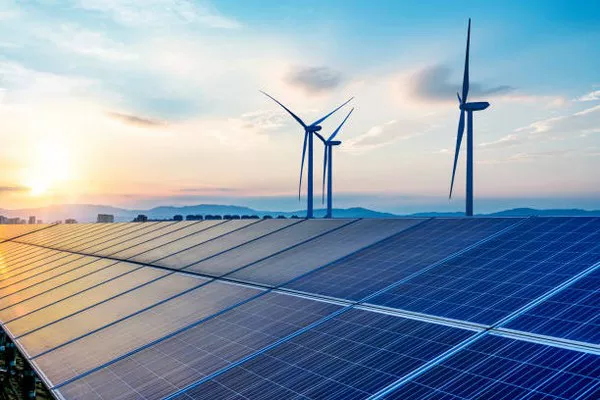Microsoft has joined forces with Colorado-based Pivot Energy to develop 500 megawatts (MW) of community solar power across the United States over the next five years. This ambitious initiative will encompass 150 projects and is expected to deliver over 1 billion kilowatt-hours (kWh) annually, enough to power approximately 90,000 homes across 20 states.
This partnership represents Microsoft’s most significant foray into distributed solar energy. In alignment with its 2030 sustainability goal to remove more carbon than it emits, the tech giant is committing to new solar resources through long-term renewable energy credit purchases. The agreement spans 20 years and will help Microsoft meet its electricity needs while advancing its climate objectives.
Microsoft’s drive towards renewable energy is part of a broader strategy to address its substantial energy consumption, which surged by nearly 30% to 24 terawatt-hours (TWh) last year, driven largely by its expanding artificial intelligence and cloud services.
Expanding Solar Reach Across the U.S.
The community solar projects supported by Pivot Energy will be distributed across 100 communities in nearly two dozen states, including Pennsylvania, Maryland, Ohio, Illinois, and Colorado. These projects are projected to generate 1 terawatt-hour (TWh) annually over a 20-year period. This output is roughly equivalent to removing more than 160,000 gasoline-powered cars from the road each year. The initial sites are expected to begin operation in late 2024, with the full portfolio to be completed by 2029.
This expansion is a critical component of Microsoft’s strategy to cut its Scope 3 emissions by 50% by 2030. Scope 3 emissions, which represent over 96% of Microsoft’s total greenhouse gas footprint, include emissions from its supply chain, product lifecycle, and other indirect sources.
Recent Emissions and Renewable Energy Investments
According to Microsoft’s latest Environmental Sustainability Report, the company’s overall emissions increased by 29% in 2023 compared to 2020 levels. However, direct (Scope 1) and indirect (Scope 2) emissions from electricity and heat saw a 6% reduction over the past three years.
Microsoft’s clean energy investments are substantial. The company has secured over 30 gigawatts (GW) of power purchase agreements for its offices and data centers. As of 2023, Microsoft’s renewable energy portfolio includes nearly 20 GW across 21 countries, featuring wind, solar, and geothermal capacities. In January 2024, Microsoft further bolstered its commitment by signing an eight-year agreement with Qcells for 12 GW of solar modules, sufficient to power over 1.8 million homes annually.
Community Solar and Broader Decarbonization Efforts
Microsoft has previously invested in community solar projects, including a commercial partnership with Oregon’s 2.8 MW Skyward Community Solar project and a recent deal with ENGIE and Solstice for 4.75 MW in Illinois. These investments are key components of Microsoft’s comprehensive decarbonization strategy, which also emphasizes energy efficiency. The company has made significant strides in reducing energy consumption at its data centers, notably by implementing low-power server states that have reduced energy use by 25% on allocated servers, a practice now extended to 1 million servers.
As Microsoft continues to advance its sustainability goals, its collaboration with Pivot Energy highlights a strategic effort to integrate community solar into its broader renewable energy and decarbonization initiatives.

